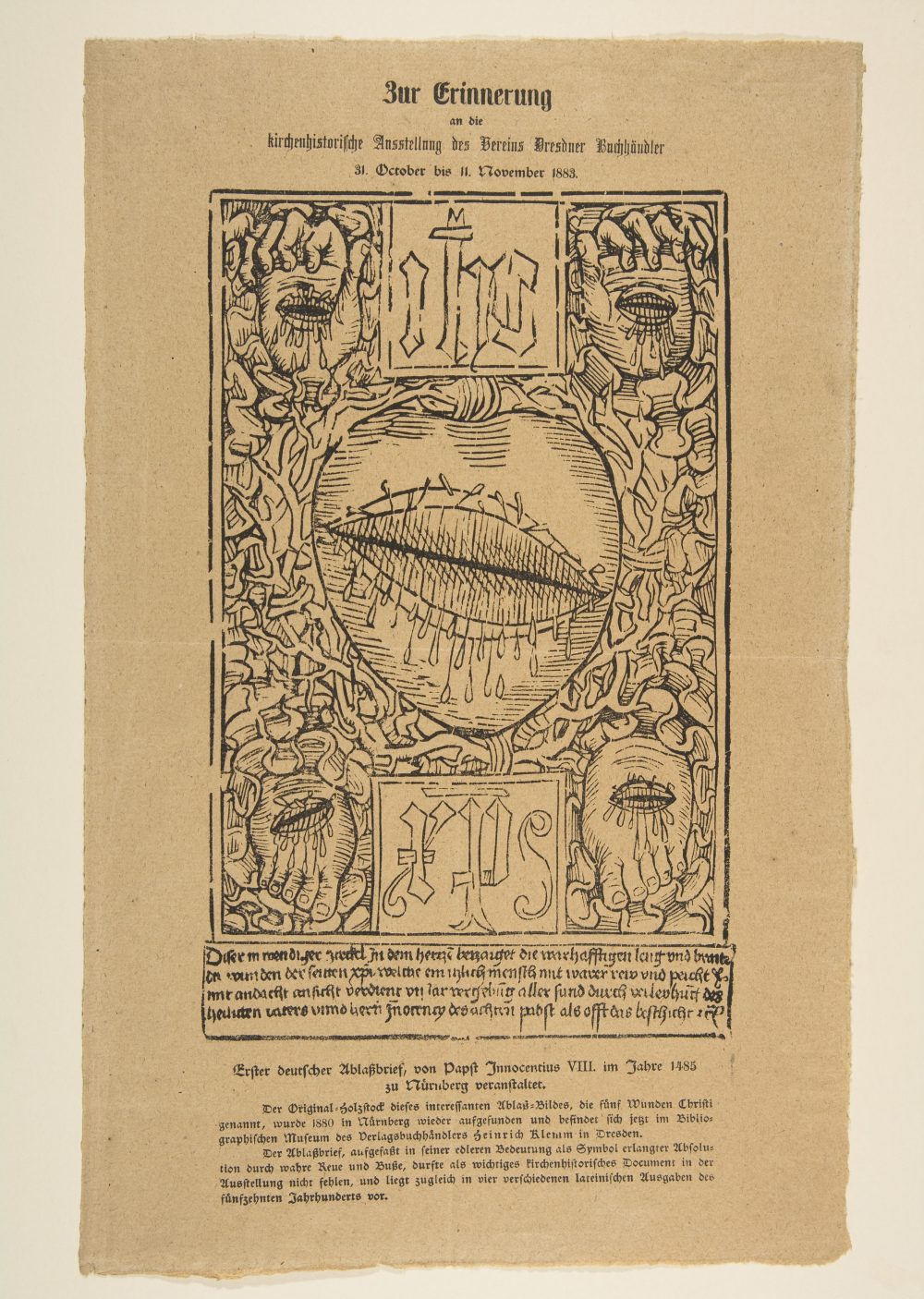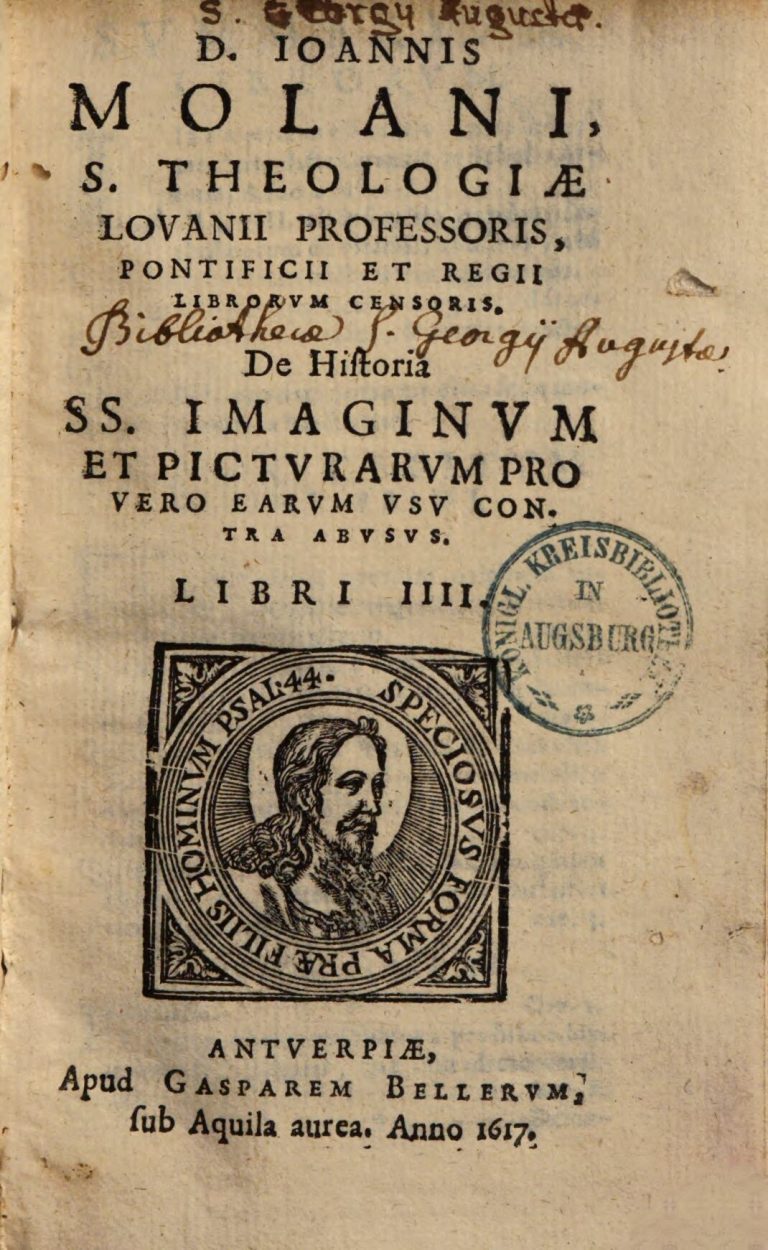
The Metropolitan Museum of Art, New York, www.metmuseum.org
In chapter 31 of book 2, Molanus examines a further matter regarding errors and whether they are dangerous errors and how to deal with them; this discussion starts in the preceding chapter. The central position in this chapter is taken by errors that are not real errors even though they do not correspond to the Scriptures or the teachings of the Church. The problem lays often in the fact that there is no certainty in the Scriptures about the matter nor a univocal position among the commentators. The cases presented by Molanus in this and the previous chapter are also often relatively popular depictions among the popular devotees, which requires an even more careful stance from the authorities. For Molanus in these cases, the most important aspect to consider is whether these errors still can be probable, because if so, he does not see a strong motive to adjust or abolish them.
The fifth example discussed in this chapter is the depiction of the wounds of Christ. Molanus argues that a very popular image among the common believers of Christ’s wounds through the separation of his feet, hands, and heart from the body does not mean that his bones were broken or separated from his body but is part of the popular devotion that proposes the meditation of the five holy wounds of Christ.
“In the same way, the wounds of Christ, represented by his feet, hands and heart separated from the body, do not contradict the Scripture: You shall not break any bone of them. In fact, this painting does not imply that Christ had his bones broken or separated from his body, instead the popular simplicity, grateful to God, proposes a specific meditation on the five blessed wounds of Christ.”
“Item Vulnera Christi per figuras pedem, manuum, et cordis abscissorum, non quidem contra scripturam, os non comminuetis in eo (nam picutra haec non significat os esse comminutum aut abscissum) sed popularis et Deo non ingrata simplicitas, ita sibi proponit singularem meditationem erga quinque benedicta Christa vulnera.”

Apocalypse 12, 12 Gregory of Tours Bernard Jean Chrysostome St.Martin
Molanus 1996, 214.



